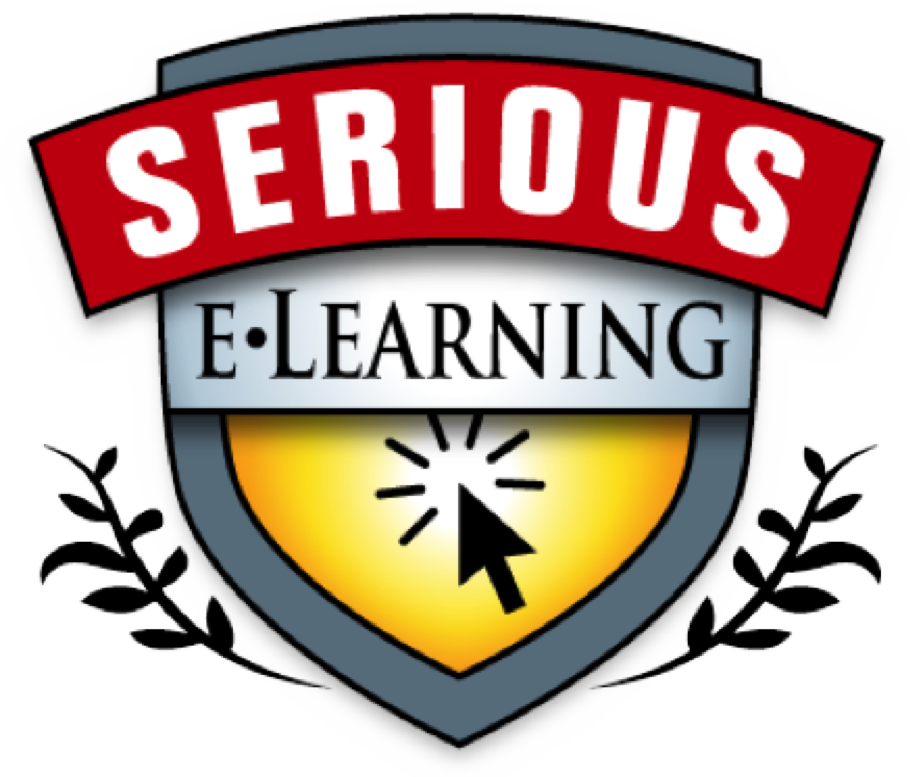So this just appeared in my email this morning. Can you tell what’s wrong?
“The next generation of L&D is here. Millennials are quickly becoming the majority of the world’s workforce. They will need training to become successful leaders. But, because they’ve grown up with mobile devices and digital technologies, they learn differently than previous generations. A solid understanding of millennial learning styles will help you create effective training programs.”

Yep, snake oil. We’ve hit the myth jackpot! How many can you spot? This is the type of stuff marketers come up with that you can’t fight if you don’t know our brains (and more). So let’s take it apart, shall we? (This is so much fun!)
First, ‘next gen of L&D‘. Um, maybe. I don’t see things being done all that differently. It’s more evolution than revolution (despite my exhortations to the latter ;). Still, no real myth yet.
Next, ‘millennials‘. And, yes, we have a winner! The evidence says that there’re no meaningful differences between generations. And if you think about it, it’s much more a continuum than discrete separations. It may be convenient, but it undermines people’s individuality. It’s really a mild form of age discrimination, dealing with people by the year they’re born instead of their unique circumstances. So, we’ve got our first myth. How much would you pay for this? But wait, there’s more!
Need ‘leadership training’? Er, yeah, so does pretty much everyone. Some folks may get there naturally, but that’s not the way to bet. Moving on…
‘Learn differently’ because of growing up digital. This is the ‘digital natives’ story and the ‘digital learning’ story. And both have been debunked. Turns out that folks who’ve grown up with digital technology aren’t necessarily any better at it. They don’t do better searches, for instance. They may be more comfortable, but that’s not what the claim is. Again, this is sort of discrimination, categorizing people by their environment rather than their individual capability.
And, there’s the story that we’re now learning in fundamentally new ways. Er, not. Our brains haven’t evolved that fast. We still need sustained and varied retrieval practice and feedback. No ‘knowledge downloads’ yet. So here we have two, two, two myths in one! (Throwback: who recognizes the reference?) Keeping count? We’re up to three. Now how much would you pay? But wait, there’s still more!
‘Learning styles’. Ow! The zombie that won’t die; kill it, kill it! Back to the evidence: there’s no meaningful and reliable instrument to measure styles, so you couldn’t identify them. And there’s no evidence that adapting to them helps either (which is implicit). So really, this is two more myths! Wow, 5 myths in one paragraph. You’d be hard pressed to do better on purpose!
 I worry who might fall prey to this marketing campaign. I hate to tell you this, but there’s no there there. You’d be far better off putting your effort in improving your learning design than buying into this misguided and misleading effort. If you want help with that, let me know (that’s what I do!), and there are plenty of resources (c.f. the Serious eLearning Manifesto).
I worry who might fall prey to this marketing campaign. I hate to tell you this, but there’s no there there. You’d be far better off putting your effort in improving your learning design than buying into this misguided and misleading effort. If you want help with that, let me know (that’s what I do!), and there are plenty of resources (c.f. the Serious eLearning Manifesto).
Folks, my book on myths is coming out at the end of April. You can be prepared to defend yourself for the cost of just a few coffees. And, you can pre-order it now. Our industry needs to get onto a proper basis. This is one small step, but one that needs to be taken.
